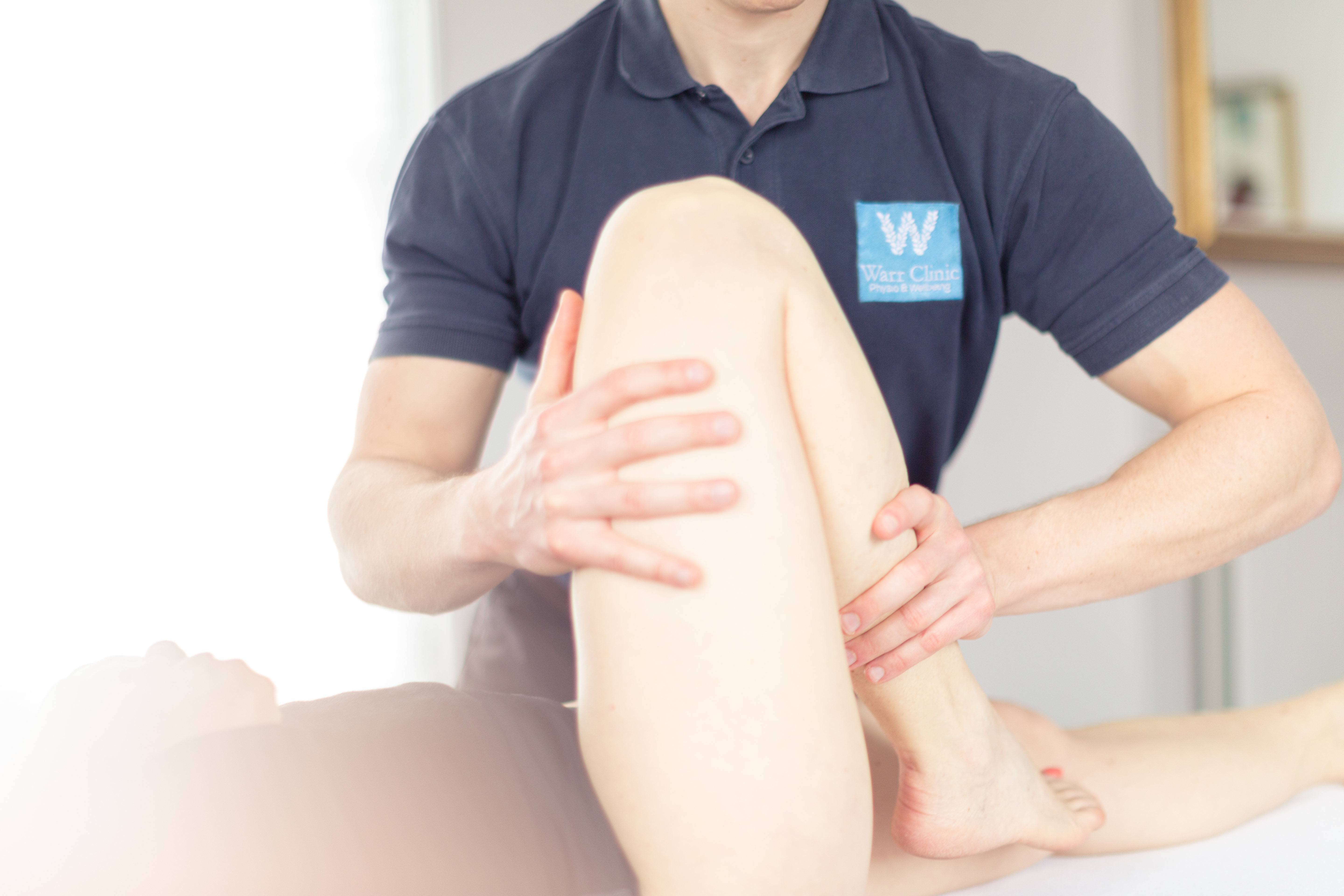
03 Mar Arthritis and Rheumatism- What are They?
The terms arthritis and rheumatism often come up in consultations, and they are quite often the source of a bit of confusion. The worst offender being rheumatism.
Rheumatism is a term that has been used as a very vague diagnosis for inflammation of the muscles, joints and other tissues caused by one of several different rheumatic conditions, but often osteoarthritis gets thrown in for good measure.
Rheumatism is now an outdated term, and for good reason. All of the conditions that come under the umbrella of “rheumatism” have very different causes, diagnosis process and management.
Rheumatic conditions include rheumatoid and psoriatic arthritis which are autoimmune conditions where the body’s own immune system attacks healthy tissue causing damage, pain and inflammation. There may also be some systemic (more generalised symptoms affecting the whole body) associated with these autoimmune conditions. Diagnosis may include imaging and blood tests to establish the levels of inflammatory markers. Long term management of rheumatic conditions are dependent on which specific condition it is and what symptom management is required. Often, there is medical management which will require medication and regular blood tests or review with a rheumatologist.
Physiotherapy can play a role in helping many rheumatic conditions by way of pain management and advice on symptom management as well a strengthening and improving function.
As previously mentioned, osteoarthritis normally gets put into this category as it can cause joint swelling and inflammation.
Unlike rheumatoid arthritis, osteoarthritis is not an autoimmune condition. Osteoarthritis is the term used for the changes that occur within the joint as we get older. There are normally no systemic symptoms associated with osteoarthritis.
As we age, the cartilage that covers the ends of the bones where we have joints can become degenerative and, in some cases, wear away, leaving some areas of bone exposed and can also cause growth of osteophytes (bony spurs around the joint). The joint space and amount of fluid can also be reduced making smooth movement a bit more difficult and painful. These are normal processes as we get older but can be troublesome if movement is hindered or it is causing us pain.
Osteoarthritis is extremely common and physiotherapists treat it on a daily basis. The aim of physiotherapy is to improve strength and function as well as manage pain, and is well documented to be a good intervention for osteoarthritis.
Tara Lawson
Chartered Physiotherapist



No Comments